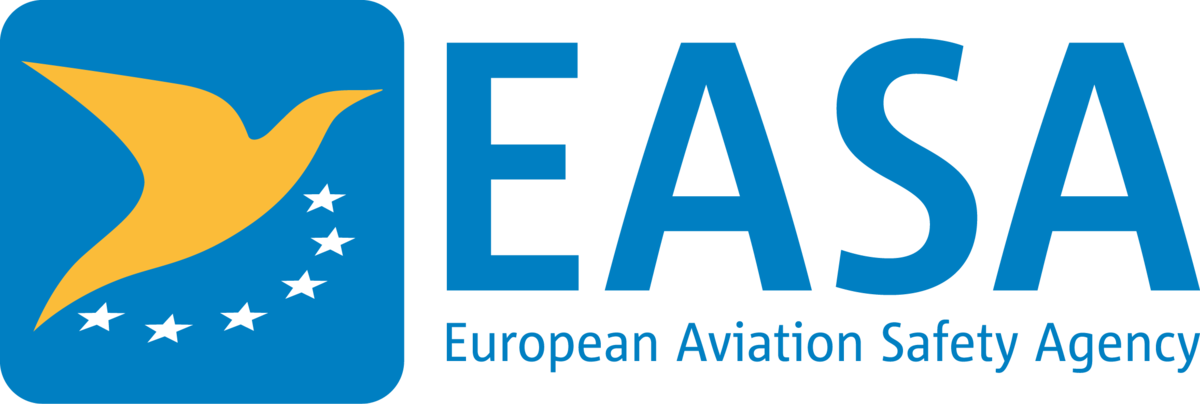

Established based on expert studies from around the world, Gulf Air Academy is taking the aviation training industry to a new level by using state-of-the-art teaching technologies & methods, assuring the best quality of training for our Future Pilots.
Navigation
Contact
Leof. Posidonos 13 Alimos 17455, Athens, Greece
Phone : +30 210 984 4175
Mail : [email protected]
© ANAS WPDeveloperTM
